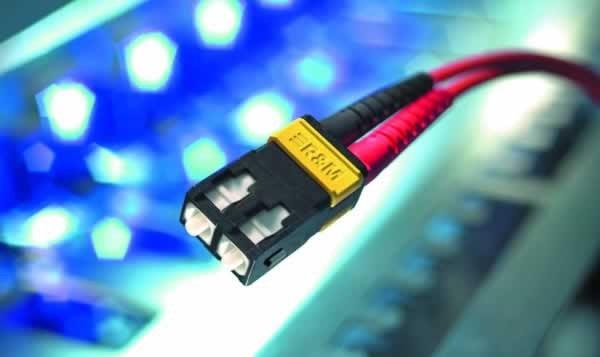No. 2 on our list of key ed-tech trends for the new school year is the dramatic overhaul of the eRate, the nation’s school wiring program

[Editor’s note: This is the fourth in a series of stories examining five key ed-tech developments to watch for the 2014-15 school year. Our countdown continues tomorrow with No. 1.]
Last month, the Federal Communications Commission announced the most significant changes to the eRate, the $2.4 billion-a-year federal school connectivity program, in the program’s 17-year history.
The eRate offers discounts ranging from 20 percent to 90 percent of the cost of telecommunications services, internet access, and “internal connections” (such as routers, switches, and Wi-Fi equipment) to eligible schools and libraries.
Until now, internal connections have been designated as “Priority 2” services and have been funded only after all requests for “Priority 1” services (telecommunications services and internet access) were met. However, that left most schools without any eRate funding for Wi-Fi equipment and other internal connections.
The FCC’s new eRate rules set aside $5 billion in funding over the next five years for the internal connections needed to extend broadband access within schools and libraries.
To spread this funding to the largest number of applicants possible, the agency has taken two key steps: (1) It has limited the maximum discount on these services at 85 percent, and (2) it has placed a $150-per-student cap on the amount of internal connections that schools can apply for within a five-year period.
What’s more, the FCC has introduced a new category of service that is eligible for eRate support: managed Wi-Fi, or “managed internal broadband services” as the agency refers to it.
Before, schools could apply for eRate discounts only on the purchase of internal connections, or on the basic maintenance of this equipment. Now, schools will be able to contract with Wi-Fi providers to install and manage this equipment—and this full-service approach to wireless service would be eRate-eligible.
(Next page: What the new rules mean for schools)
This change “will allow schools, for the first time, to leverage eRate discounts to outsource major aspects of delivering on-campus broadband connectivity,” said John Harrington, chief executive officer of the eRate consulting firm Funds For Learning. He described this approach as “analogous to a school cafeteria considering bids to manage their kitchen and serve students meals.”
The FCC’s new rules aim to transform the eRate from a telecommunications program into a broadband program that supports the delivery of high-speed internet service within schools and libraries, in order to meet President Obama’s “ConnectED” goal of delivering broadband service to 99 percent of students within five years.
However, to set aside this $5 billion for Wi-Fi service and other internal connections over the next five years, the FCC has made significant changes to the kinds of services that are eligible for eRate support.
For instance, funding for all voice-related services—including plain old telephone service, toll-free service, and even voice over IP (VoIP)—will be phased out over the next five years. And eMail, voice mail, and web hosting no longer will be eligible for eRate discounts beginning in 2015.
These changes will have a significant effect on schools this year and beyond.
eSchool News is publishing a series of articles examining the impact the new eRate rules will have on schools. You can look for these articles on our home page every Tuesday through Sept. 9.
Here are the articles we’ve already published in our eRate series:
A $5 billion bounty: How to use eRate support for Wi-Fi
The FCC’s new eRate rules set aside $5 billion over the next five years for Wi-Fi equipment. Here’s what you’ll need to know to take advantage.
New eRate rules invite a new approach: Managed Wi-Fi
In this report, you’ll learn what managed Wi-Fi service is—and how it can benefit your schools.
See also:
Top ed-tech stories to watch, No. 5: Maker movement makes waves
Top ed-tech stories to watch, No. 4: Schools grapple with data privacy
Top ed-tech stories to watch, No. 3: From 1-to-1 to ‘one to many’
- Schools and Districts Nationwide Partner with TinkRworks to Engage Students in STEAM Project-Based Learning - November 22, 2024
- BusPatrol Recognized Among Fastest-Growing Companies in North America on the 2024 Deloitte Technology Fast 500™ - November 21, 2024
- Illustration, Comic & Animation App Clip Studio Paint Named Best for Large Screens by Google Play - November 19, 2024


